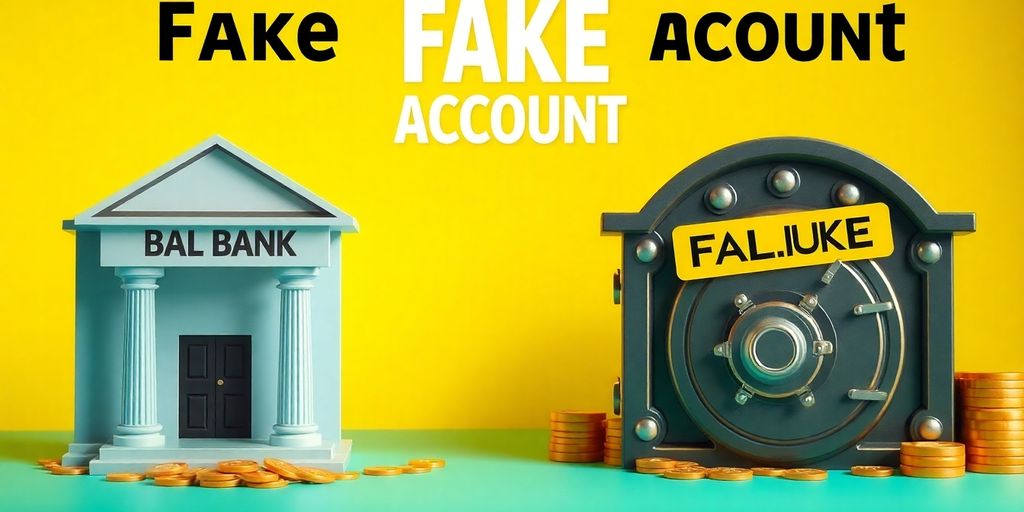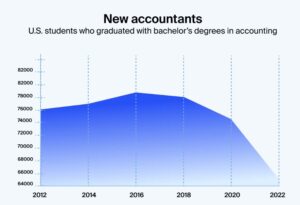Opening a fake bank account might seem like a clever shortcut to some quick cash or a way to dodge the system. But, it’s not all it’s cracked up to be. The risks are huge, and the consequences can be life-changing. This article breaks down why people might fall for the allure of fake accounts, what the law says about it, how to spot one, and how to protect yourself from scams.
Key Takeaways
- Fake bank accounts might seem tempting for quick money, but they come with serious legal risks.
- The law is strict on fake accounts, with potential charges leading to severe penalties.
- Stay alert to offers that sound too good to be true and report any suspicious activity immediately.
The Allure of a Fake Bank Account: Why Some People Take the Risk
The Temptation of Easy Money
Alright, let’s dive right into it. Imagine waking up one day and thinking, "What if I could just create some extra cash without the hassle of a 9-to-5?" That’s the temptation of easy money right there. Creating a fake bank account might seem like a quick ticket to financial freedom—or at least a way to make ends meet without breaking a sweat. But, spoiler alert, it’s not as easy as it sounds. People get lured by the idea that they can magically generate funds or even access loans they have no intention of repaying. It’s like finding a cheat code in a video game, except in real life, the consequences are a bit more serious.
The Illusion of Anonymity
Now, who doesn’t love a little mystery? The idea that you can operate from the shadows, with no one ever knowing your true identity, is a big draw for some folks. Fake bank accounts promise this cloak of invisibility, making people feel like they can dodge detection and do as they please. But here’s the kicker: in today’s digital age, true anonymity is almost impossible. Banks have sophisticated systems to sniff out anything fishy. So, while the illusion of anonymity might be appealing, it’s mostly just that—an illusion.
The Thrill of Outwitting the System
For some, it’s not about the money or staying hidden—it’s about the thrill. The adrenaline rush of outsmarting the system can be intoxicating. It’s like a real-life game of cat and mouse where you’re always trying to stay one step ahead. But remember, the house always wins. Banks and financial institutions are constantly updating their security measures, so what might seem like a clever trick today could land you in hot water tomorrow.
"Playing with fake bank accounts might give you a momentary thrill, but the risks are real and can lead to serious consequences. It’s like playing with fire—eventually, you’re going to get burned."
So, while the allure of a fake bank account might seem enticing at first glance, it’s important to remember that the risks far outweigh the rewards. It’s a slippery slope, and it’s best to keep your feet firmly planted on solid ground.
The Legal Consequences of Creating a Fake Bank Account
Understanding Fraud Charges
Let’s face it, when you create a fake bank account, you’re not just bending the rules—you’re twisting them into a pretzel. Fraud charges are no joke. They can range from minor offenses to serious felonies, depending on how deep you’ve waded into the waters of deception. The law sees this as an attempt to deceive financial institutions and, by extension, society at large. You might think you’re just pulling a fast one, but in reality, you’re stepping into a legal minefield.
The Long Arm of the Law: What to Expect
So, what happens when the law catches up with you? Expect a legal rollercoaster. First, there’s the investigation, which can be as nerve-wracking as waiting for a dentist appointment. Then comes the potential arrest, court hearings, and if things go south, a conviction. You could be looking at hefty fines, restitution payments, or even jail time. The legal system doesn’t take kindly to fraudsters, and once you’re in its sights, it’s hard to shake off.
Real-Life Stories of Fake Account Fiascos
Ever heard of someone trying to outsmart the system and ending up with egg on their face? Take, for example, the story of a guy who thought he could live large by creating fake accounts. He was living it up until the authorities knocked on his door. Turns out, his illusion of anonymity was just that—an illusion. He ended up with a criminal record, a pile of legal fees, and a cautionary tale to tell. Remember, the thrill of outwitting the system is short-lived, but the consequences can be long-lasting.
"Messing with the banking system might seem like a clever trick, but it’s like playing with fire—exciting until you get burned."
Creating a fake bank account might seem like a harmless prank or a quick way to make some cash, but it’s a slippery slope. The legal consequences are severe, and once you’re caught, there’s no easy way out. Stay informed, stay legal, and keep your financial dealings above board.
Spotting a Fake Bank Account: Red Flags and Warning Signs

Too Good to Be True Offers
Ever heard the saying, "If it sounds too good to be true, it probably is"? Well, when it comes to bank accounts, this couldn’t be more accurate. Imagine getting an email promising you a bank account with zero fees, sky-high interest rates, and a free unicorn. Okay, maybe not the unicorn, but you get the idea. Fraudsters love to bait you with offers that seem irresistible. Always question why a bank would offer something that sounds like a financial fairy tale.
Suspicious Account Activity
Now, let’s talk about activity that raises eyebrows. If your account suddenly starts showing transactions you didn’t make, or if there are frequent small deposits and withdrawals, it’s time to get suspicious. These are classic signs of a fake account being used for money laundering. Keep an eye out for unusual patterns, like transactions at odd hours or from unexpected locations.
The Role of Technology in Detecting Fraud
In today’s digital age, technology is your best friend when it comes to spotting fake accounts. Banks use sophisticated systems to track spending behavior and flag anything out of the ordinary. They can detect when a device has been used in previous fraud schemes or if there are multiple accounts linked to the same device. So, staying informed about the tech tools your bank uses can help you protect your sensitive information and keep your finances safe.
Spotting a fake bank account isn’t rocket science, but it does require a bit of vigilance. Keep your eyes peeled for anything that doesn’t feel right, and remember, your bank is there to help if something seems off. Don’t hesitate to reach out if you suspect foul play.
Protecting Yourself from Fake Bank Account Scams

Staying Informed and Vigilant
Alright, let’s face it. Scammers are lurking everywhere, and they’re getting sneakier by the day. Staying informed is your first line of defense. Keep your eyes peeled for any news on scam tactics and learn from others’ mishaps. Sign up for alerts from your bank to stay updated on any suspicious activity. It’s like having a watchdog that never sleeps!
- Educate Yourself: Know the common scams. Phishing emails, unsolicited calls, or too-good-to-be-true offers? They’re all red flags.
- Stay Skeptical: If someone asks for your bank details out of the blue, question it. Better safe than sorry!
- Review Statements: Regularly check your bank statements for any unfamiliar transactions. Spotting them early can save you a lot of trouble.
Tools and Resources for Fraud Prevention
In today’s world, technology is your best friend. There are tons of tools and resources that can help you stay one step ahead of the scammers.
- Use Multifactor Authentication: This adds an extra layer of security. Even if someone gets your password, they won’t get in without the second factor.
- Leverage Technology: Apps that alert you to unusual spending or login attempts can be lifesavers.
- Stay Updated: Ensure your devices and apps are always up-to-date to protect against vulnerabilities.
"In the battle against fraud, knowledge and technology are your best allies."
What to Do If You Suspect Fraud
Okay, so you suspect something fishy is going on. Don’t panic. Here’s what you need to do:
- Contact Your Bank Immediately: Report the suspicious activity. They can freeze your account to prevent further damage.
- Change Your Passwords: Update your login details for your bank and any other accounts that might be compromised.
- Monitor Your Accounts Closely: Keep a close eye on your statements and report any additional suspicious activity.
Remember, it’s not about being paranoid; it’s about being prepared. Keep your guard up, and you’ll be just fine!
Wrapping It Up: The Lowdown on Fake Bank Accounts
Alright, folks, let’s bring it home. Fake bank accounts might sound like a clever trick, but they’re more trouble than they’re worth. Sure, you might think you’re pulling a fast one, but in reality, you’re just setting yourself up for a world of headaches. From legal issues to financial chaos, the risks are real and not worth the gamble. So, next time you’re tempted to dabble in the world of fake accounts, remember: it’s like trying to fix a leaky faucet with duct tape—messy, ineffective, and bound to backfire. Keep it real, keep it legal, and save yourself the hassle. Trust me, your future self will thank you.
Frequently Asked Questions
What is a fake bank account?
A fake bank account is an account set up using false information, often used for illegal activities like fraud.
Why do people create fake bank accounts?
Some people create fake bank accounts to hide their identity, make easy money, or try to trick the banking system.
What should I do if I suspect a fake bank account?
If you think an account is fake, report it to your bank right away. They can investigate and take action if needed.







